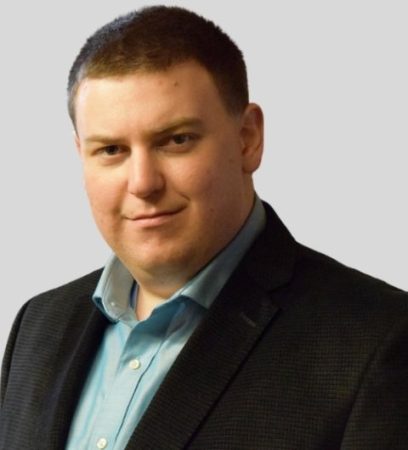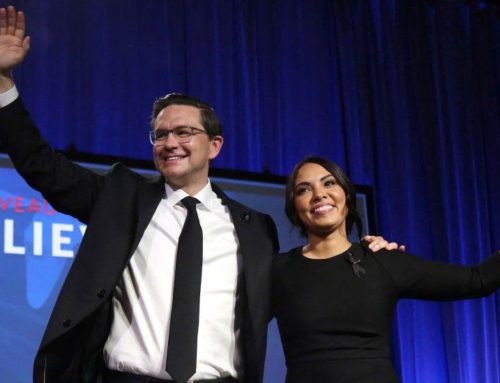Andrew Lawton:
 I often lament how the mainstream media ignores stories that don’t fit whatever the official narrative of a particular subject is. This is, of course, short-sighted of me. With many of these stories, I wouldn’t want the mainstream media to pay attention only to add their trademark spin.
I often lament how the mainstream media ignores stories that don’t fit whatever the official narrative of a particular subject is. This is, of course, short-sighted of me. With many of these stories, I wouldn’t want the mainstream media to pay attention only to add their trademark spin.
One of this summer’s most-ignored stories was Canadian Armed Forces veteran James Topp’s march from Vancouver to Ottawa to protest vaccine mandates. Topp’s journey was covered only by independent media, save for some snarky headlines about his meeting with a group of members of parliament in Ottawa shortly before Canada Day.
“Conservative MPs met with anti-vaccine leaders inside parliament as convoy plans to return to Ottawa,” one headline read. “MPs meet with soldier charged with criticizing vaccine requirements while in uniform,” read another. CBC’s headline left Topp out altogether, finding the only angle of note that “CPC MPs meet with Freedom Convoy organizers.”
Topp invited all MPs to meet him, though it was only a handful of Conservatives who took him up on the offer. He was joined by several volunteers who’d been involved in the Freedom Convoy protest in Ottawa months earlier – and the subsequent Canada Day reboot.
The mainstream media vilified and maligned the Freedom Convoy, but not before first ignoring it. As I set out to write my first book, The Freedom Convoy: The Inside Story of Three Weeks that Shook the World, I was reminded how little coverage there was in those early weeks. It was only when the convoy was on its way to Ottawa and its size was inescapable that the stories started coming.
The things the media looks away from are the things we need to look towards.
It’s not just with those protesting COVID mandates, but also abortion. Readers of this publication are surely aware of Kermit Gosnell, the Philadelphia abortionist convicted of multiple murders and conducting hundreds of illegal late-term abortions (his true victim count will likely never be known).
Filmmakers Ann McElhinney and Phelim McAleer aptly called him “America’s biggest serial killer” in their book and true crime film about him. Gosnell was the prime villain in the story, but so too was the media, who treated his killings as a mere local crime story if they covered them at all.
This summer, McElhinney released a six-part true crime podcast series about Gosnell. Even years later, McElhinney told me she still meets people who’ve never heard of Gosnell. It’s not all that surprising since the media had an effective blackout on the story. Looking at Gosnell makes it difficult, if not impossible, to look favourably at abortion. That’s why we’re told to look away.
Newsrooms have a fraction of the journalists they used to have, so one might charitably say they are too under-resourced to cover everything that happens. Perhaps, but it’s still curious what gets covered and what doesn’t.
People who’ve suffered injuries or are bereaved because of COVID vaccines have had their own personal stories branded as “misinformation” by tech platforms such as Facebook and Twitter while the mainstream media ignores their plight. It’s only been in the last few weeks that some of these stories in Canada and the United Kingdom have – slowly – started to see exposure in places like the BBC and CBC.
Whenever I bring up media bias, I am careful to point out that it comes in different forms. One of the challenges is that newsrooms are populated by liberal arts graduates from big cities who have often gone through their lives without having to interact with people outside their bubbles, whether you’re talking about rural folks, Christians, conservatives, pro-lifers. This is a simplification, but only barely.
Some of these journalists are aware of their blind spots and seek out contacts and sources to correct it. Others have little interest in accepting that there are worldviews distinct from their own.
While the enlightened might simply eschew mainstream media, traditional outlets still wield significant influence. By not covering certain perspectives, they position these perspectives as outside the bounds of acceptable opinions in society.
As it so happened, I interviewed McElhinney about her podcast the same day Topp met with Conservative MPs. Topp and Gosnell couldn’t be more different, but their stories are united by media malfeasance.




